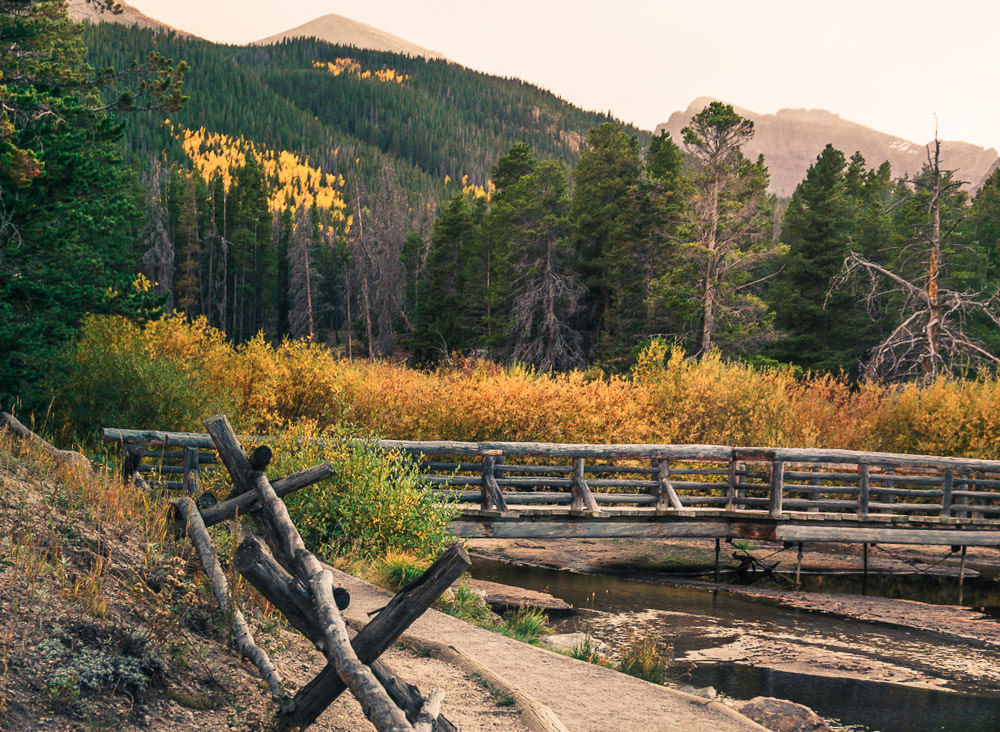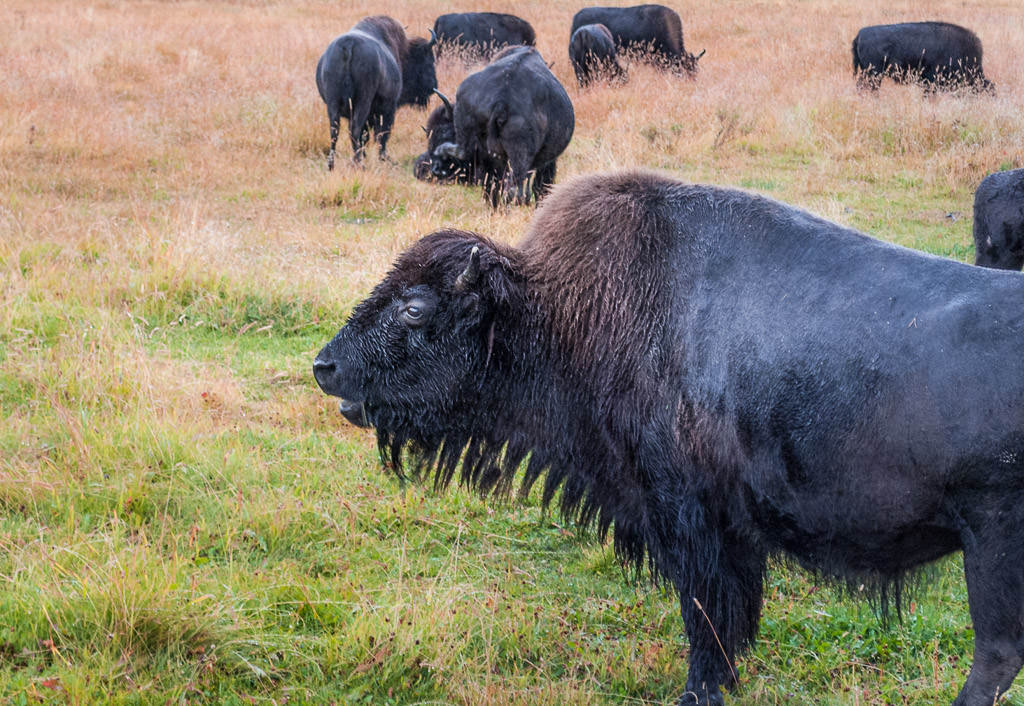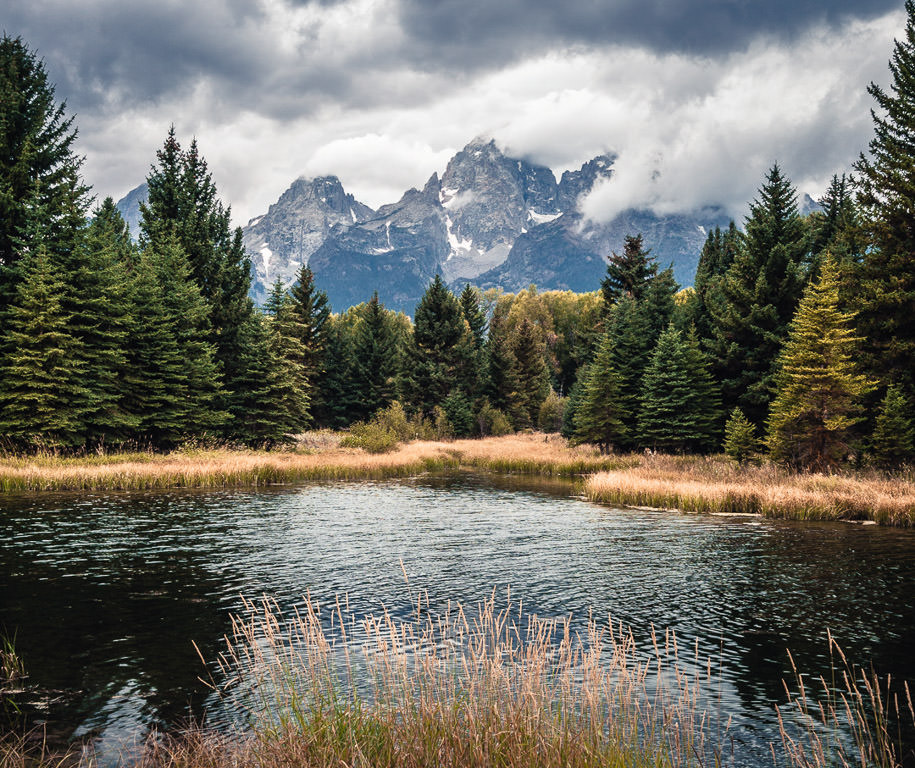
3 National Parks Perfect for Fall
In recent years, our national parks have been smashing attendance records. Last year, in 2015, attendance nearly matched the National Park System's record-breaking centennial in 2016. As wonderful as it is that more people are enjoying the treasure that is our National Park System, this does have a little bit of a downside, especially if you're looking for a serene escape into nature at one of the more popular parks.
To alleviate the strain on some of our parks, shuttle systems have been instituted. Some shuttles, like the one in Zion National Park, are mandatory for most of the year, sometimes resulting in an experience that's a little more theme park in feel. (You can only drive your car through Zion from November to March, now.)
But, as summer winds down and fall begins, a more serene experience opens up once again at some of the busiest National Parks. If you have the flexibility, try visiting Rocky Mountain, Yellowstone, and Grand Teton National Parks in the fall. The crowds die down, along with the mosquitoes (in the case of Yellowstone and Grand Teton), making them just perfect to visit in the fall.
1. Rocky Mountain National Park
RMNP was the 4th most-visited National Park in 2017 with 4,437,215 visitors. Its close proximity to Denver keeps it quite busy on the weekends, but it's also a very popular National Park with families on summer road trips. About a quarter of visitors come to the park during a six-week window in the summer. RMNP is a great place to see a small, but beautiful part of the majestic Rocky Mountain range which stretches from Alaska to Mexico.

Why RMNP is Great in the Fall
The Aspens in RMNP begin to change color in autumn, treating visitors to beautiful fall foliage. Most visitors look forward to driving Trail Ridge Road, which climbs up into the alpine region of the park at over 11,400 feet. The Alpine Visitor's Center is a great place to stop along the way, but it can be difficult to grab a parking spot in the summer. We actually couldn't find a spot on two separate drives through in the summer, but had no problem finding a spot in the fall!
It's cold up there with the wind whipping through even in the summer, so fall can be chilly. However, the section of Trail Ridge Road containing the visitor's center closes in mid-October before the temperatures really drop. The quieter side of the park is the west side. Staying at Grand Lake, even in the summer, is a quieter alternative to Estes Park. The west side of the park also has access to the Continental Divide National Scenic Trail.
On the east side, hiking out to Dream Lake and Bear Lake are popular activities. Summertime is busy enough to warrant shuttle use from the Park n' Ride off of Bear Lake Road. However, as long as you're in your car, you can probably drive down to the trailheads and skip the shuttle in the fall. If you're in your RV, you won't fit at some of the trailhead parking lots, so you'll need to use the shuttle. However, both the shuttles and the trails won't be as crowded.
2. Yellowstone National Park
Undoubtedly, one of our most iconic National Parks, Yellowstone was the 6th most visited National Park in 2017 with 4,116,524 visitors. In 1872, Yellowstone became not only the first National Park in the U.S., but the first in the world! Yellowstone's geysers make it truly unique as no other place in the world contains as many.

Why Yellowstone is Great in the Fall
Summer brings warmth to Yellowstone, but summer also brings the crowds and mosquitoes. We've been to Yellowstone both in the summer and fall. If you're staying in Jackson Hole, the sidewalks get extremely crowded in the summer. It's also difficult to snag a good spot up in the popular boondocking spot at Upper Teton View, plus it is quite warm and mosquito infested during the daytime in that area. True, you could run the generator and use you're A/C, but that's probably not the experience you envision when boondocking with a view of the Grand Tetons.
Along with a more relaxing stay, fall in the park sees less crowds and less traffic. The more unpredictable fall weather also brings some mist and light snowfall. However, the mist brings out a mysterious beauty in Yellowstone.
If you're there for the geysers and Old Faithful, make the trek (or part of the drive) from Old Faithful to Mammoth Hot Springs in the north of the park. If you're there for the wildlife, try driving from Lake Village to Tower-Roosevelt. This route will take you through Hayden Valley and Lamar Valley, which are ideal for spotting wildlife - especially bison. We definitely saw bison in the summer, but during the fall they were very literally walking up to our car!
Remember though, don't wait too long into the fall season to go to Yellowstone, because winter does come quickly, and road as well as campground closures along with it! (Read more about Yellowstone campgrounds in this article by a fellow contributor.)
3. Grand Teton National Park
Grand Teton National Park, with its close proximity to Yellowstone, was the 9th most visited National Park in 2017 with 3,317,000 visitors. The peaks of the Teton range lack foothills, which makes them a spectacular sight because the mountains seem to abruptly rise up out of the Jackson Valley floor.

Why Grand Teton is Great in the Fall
Grand Teton National Park really has an untouched wilderness feel to it. It's possible to see beavers, moose, and bears. But, this serene and tranquil park teems with human activity during the summer. In the fall, it's possible to have the grandeur of this area seemingly to yourself. It almost becomes like a Planet Earth episode playing right before your eyes as opposed to your screen.
Just as with Yellowstone, you might find yourself staying in Jackson Hole or boondocking at Upper Teton View. These two areas are extremely packed with people during the summer months. For any of you who depend on Wi-Fi, you'll also want to take into account the strain that puts on the towers. During the summer, you're lucky if you can get some decent service after 9 p.m., and before 9 p.m. it's pretty much impossible.
Mosquitoes are rather fierce at Grand Teton NP in the summer, but just about non-existent in the fall. The changing season there also brings in some browns and yellows, and sometimes a light snow dusting. There are also many hikes and paddling opportunities, but don't be surprised if Grand Teton NP in the fall brings out your inner photographer.
While visiting in the fall, be sure to channel your inner Ansel Adams at the Snake River overlook. Inspiration Point on Jenny Lake is a beautiful spot you've likely seen in many photographs. And Schwabacher Landing is a must. It's a beautiful short hike and, if you're lucky, you might spot some beavers. Iconic, brochure-worthy shots abound along the walking path. Plus, Oxbow Bend offers the chance to photograph the mountains with a glassy pond in the foreground.
Our National Parks are a true treasure. It's fantastic that more and more people are experiencing their natural beauty. If you have some flexibility in your travel, you can experience a serene nature getaway, even in our most popular parks, without having to go in the backcountry. All you have to do is time your visit for the fall! (For more fall travel tips, read our article on reducing condensation).
Comments
Comments on this post are moderated, so they will not appear instantly. All relevant questions and helpful notes are welcome! If you have a service inquiry or question related to your RV, please reach out to the customer care team directly using the phone numbers or contact form on this page .